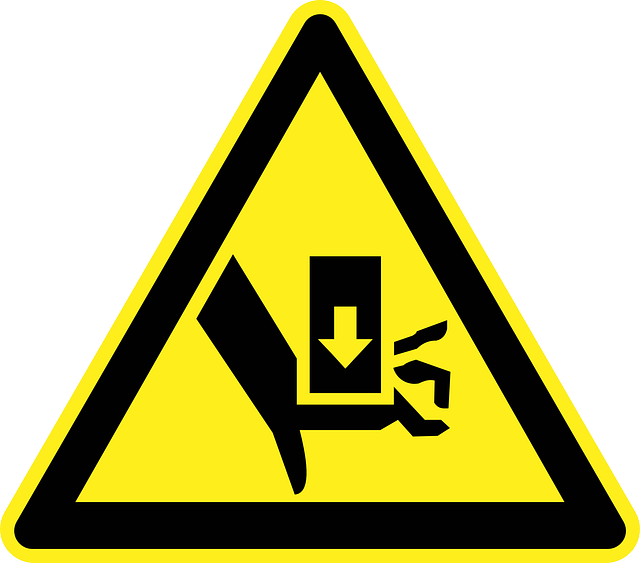Time limits, or statutes of limitations, vary by jurisdiction (1-several years) in defective product injury cases. Deadlines for personal injury claims start on the incident date and missing them can result in losing legal recourse. Complex cases, evidence requirements, thorough assessments, and latent injuries may cause delays in filing. Even after a missed deadline, consulting an attorney specializing in these cases can explore options like extensions due to excusable neglect or equitable tolling to protect your rights, including for truck and car accident injuries.
“Are you considering legal action after suffering an injury from a defective product? Understanding time limits is crucial. This article guides you through the essential steps and deadlines for filing a defective product injury lawsuit. From understanding the legal framework to navigating key factors that influence your deadline, this comprehensive overview ensures you’re informed. If you’ve missed the filing window, don’t despair—we’ll explore options to help you seek justice. Act now; time is of the essence in these cases.”
- Understanding Time Limits for Defective Product Injury Lawsuits
- Key Factors Affecting Deadline Calculation
- What to Do If You've Missed the Filing Deadline
Understanding Time Limits for Defective Product Injury Lawsuits

Understanding Time Limits for Defective Product Injury Lawsuits
When it comes to defective product injury cases, time limits are crucial. In most jurisdictions, plaintiffs have a specific window to file a lawsuit after suffering an injury caused by a defective product. These time limits vary significantly based on the type of case and local laws, so it’s essential to act promptly. For instance, in personal injury cases, including medical negligence or slip and fall incidents, the clock usually starts ticking from the date of the incident.
Knowing these deadlines is vital to ensure your rights are protected. A truck accident lawyer, for example, would advise clients to file within the prescribed period to maximize compensation. Exceeding these limits can bar you from seeking legal recourse, so understanding and adhering to them is a critical step in navigating defective product injury claims effectively.
Key Factors Affecting Deadline Calculation

When calculating the deadline for filing a defective product injury lawsuit, several key factors come into play. The most significant is typically the jurisdiction in which the case will be filed. Different states have distinct rules regarding statute of limitations, which dictate the period within which legal action must be initiated after the injury occurs. This timeframe varies considerably, ranging from one year to several years, depending on the location and type of product liability claim.
Other factors that can influence deadline calculations include the complexity of the case and the availability of evidence. In instances of nursing home neglect or other types of medical malpractice, for example, it may take longer to gather comprehensive records and expert opinions. Similarly, in partnership disagreements where defective products are at stake, legal teams need to carefully assess the merits of the case and potential defenses before proceeding, which can extend the timeline. Additionally, the existence of hidden injuries or delayed onset of symptoms could also impact the deadline calculation by requiring additional time for diagnosis and medical records review.
What to Do If You've Missed the Filing Deadline

If you’ve missed the filing deadline for a defective product injury lawsuit, don’t panic. The first step is to consult with an experienced attorney who specializes in defective product cases. They can provide guidance tailored to your situation and help determine if there are any legal avenues left to pursue your claim.
While deadlines are strict, certain circumstances may allow for extensions or exceptions. Your attorney will assess the case details, review the jurisdiction’s laws, and discuss potential options for moving forward. This could include a motion to extend the deadline based on excusable neglect, equitable tolling, or other legal strategies aimed at securing your right to client recovery in cases like truck accident injuries or car accident injuries.
When it comes to defective product injuries, knowing the time limits for filing a lawsuit is crucial. Each jurisdiction has its own strict deadlines, and understanding these is essential to ensuring your rights are protected. If you’ve been affected by a defective product, don’t wait; promptly assess your case and take legal action within the prescribed timeframe. If you’ve missed the deadline, exploring extensions or alternative remedies might still offer recourse. Remember, timely filing is key in defective product injury cases, so act swiftly to secure your options for justice and compensation.






